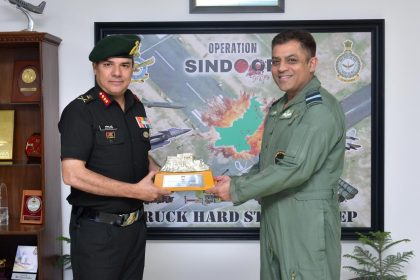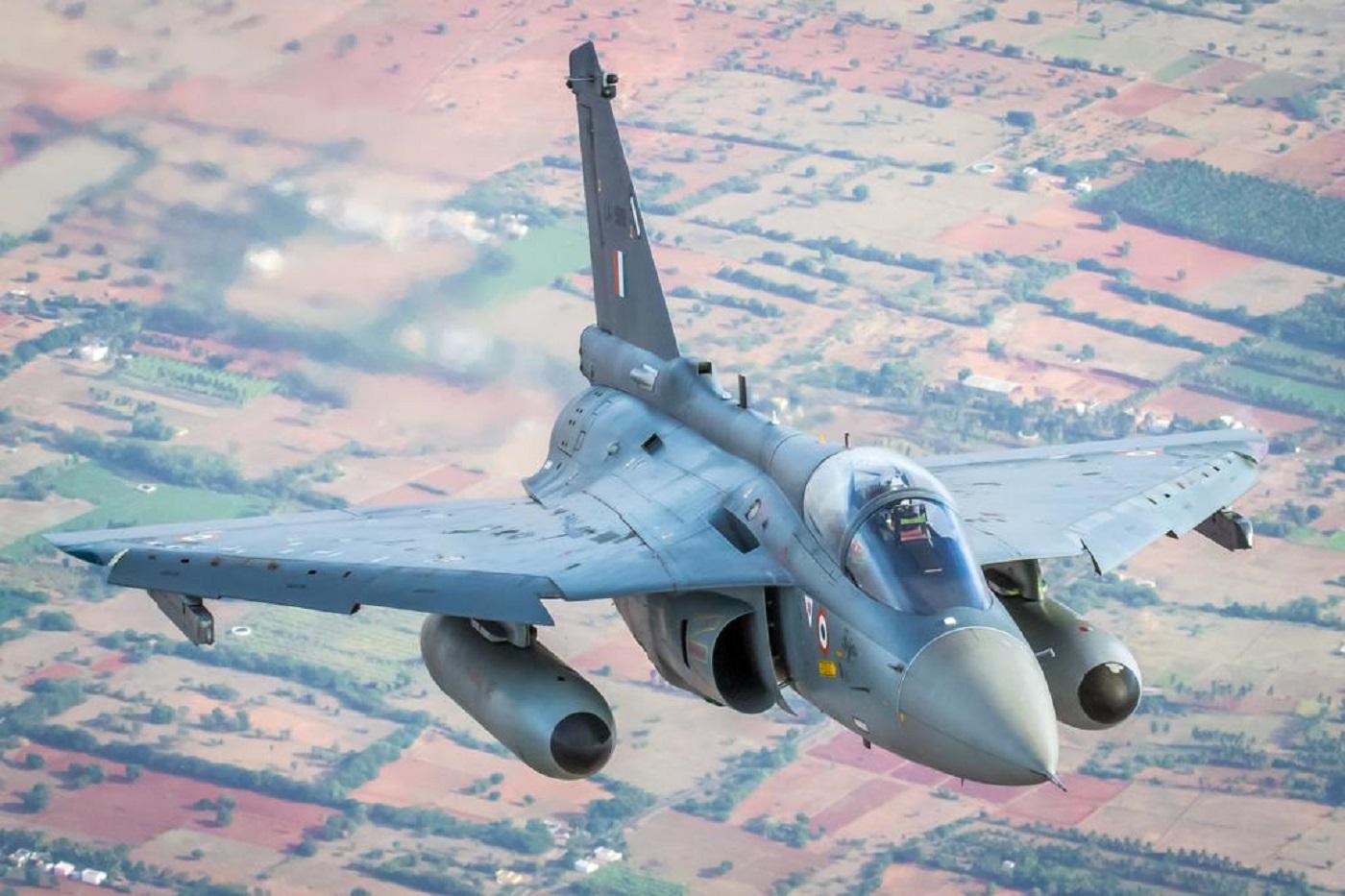Snubbed by China, Pakistan Turns to ADB for $2 Billion Loan to Fund CPEC Railway Project
China Pulls Back Amid Security and Payment Concerns, Forcing Islamabad to Seek Multilateral Funding for Flagship CPEC Railway Project.
Army Troops Trek 18 km in Rain and Darkness to Rescue Pregnant Woman in Jammu Floods
Troops trek 18 km in darkness to airlift woman in labour; engineers carry bedridden cardiac patient through floodwaters.
Lt Gen AVS Rathee and Air Marshal Nagesh Kapoor Meet to Boost Joint Operational Synergy Along Borders
Konark Corps Chief and South Western Air Command Chief discuss deeper Army-Air Force integration under CDS Anil Chauhan’s “jointness” vision
Army Denies Wrongdoing After Military Truck Booked for ‘Dangerous Driving’ in Kolkata
Army denies traffic violation after truck stopped near Writers’ Buildings; Police stress road safety, not Army vs Police.
Indian Army Releases Video on Operation Sindoor, Explains Ceasefire With Pakistan
Strikes showcased as response to Pahalgam massacre; Army underscores “India’s pursuit of peace”.
HAL Now to Deliver First 2 Tejas Mk-1A Jets in October Despite Engine Delays
Indigenous fighter achieves key milestone as weapons trials completed.






